Introduction: The digital transformation of procurement is revolutionizing how businesses manage their supply chains and procurement processes. By leveraging advanced technologies such as artificial intelligence (AI), automation, and big data analytics, companies can achieve greater efficiency, transparency, and strategic value in their procurement activities.
The Role of Technology in Modern Procurement: Technology is reshaping every aspect of procurement, from supplier selection and contract management to order processing and spend analysis. The adoption of digital tools and platforms allows procurement teams to streamline operations, reduce costs, and make data-driven decisions that align with business goals.
Key Technologies Driving Digital Transformation in Procurement:
- Artificial Intelligence (AI): AI-powered tools can analyze vast amounts of data to identify trends, predict demand, and optimize procurement strategies. AI can also automate routine tasks, such as invoice processing and order management, freeing up time for strategic activities.
- Automation: Automation technologies, such as robotic process automation (RPA), can handle repetitive tasks, such as data entry and order tracking, with greater speed and accuracy than manual processes.
- Big Data Analytics: Big data analytics allows procurement teams to gain deeper insights into spending patterns, supplier performance, and market trends. This data-driven approach enables more informed decision-making and better risk management.
- Blockchain: Blockchain technology provides a secure and transparent way to track the movement of goods and verify transactions in the supply chain. This can enhance trust and accountability among suppliers and buyers.
- Cloud-Based Procurement Platforms: Cloud-based platforms offer a centralized hub for managing procurement activities, from supplier onboarding to contract management. These platforms provide real-time visibility into the supply chain, enabling more agile and responsive procurement processes.
Benefits of Digital Transformation in Procurement:
- Efficiency: Digital tools streamline procurement processes, reducing the time and effort required to manage orders, contracts, and suppliers.
- Cost Savings: Automation and data-driven insights help businesses identify cost-saving opportunities, negotiate better deals, and reduce waste.
- Transparency: Technology provides greater visibility into the supply chain, helping businesses monitor supplier performance, track shipments, and ensure compliance with regulations.
- Agility: Digital transformation enables procurement teams to respond more quickly to changes in demand, market conditions, and supply chain disruptions.
Conclusion: Digital transformation is a game-changer for procurement, offering businesses the tools they need to operate more efficiently, transparently, and strategically. By embracing technology, companies can enhance their procurement processes, reduce costs




